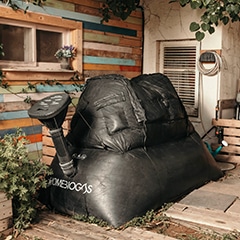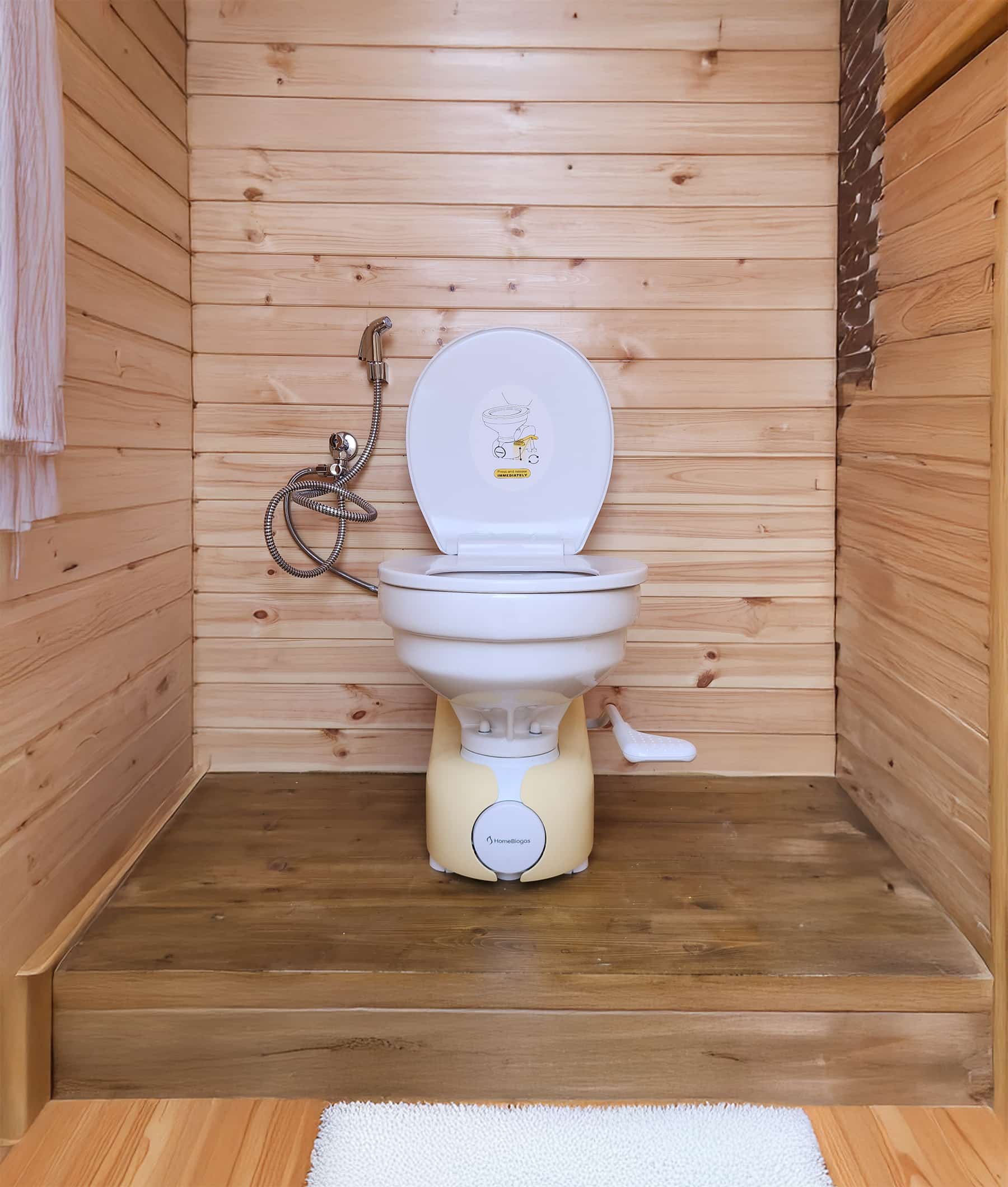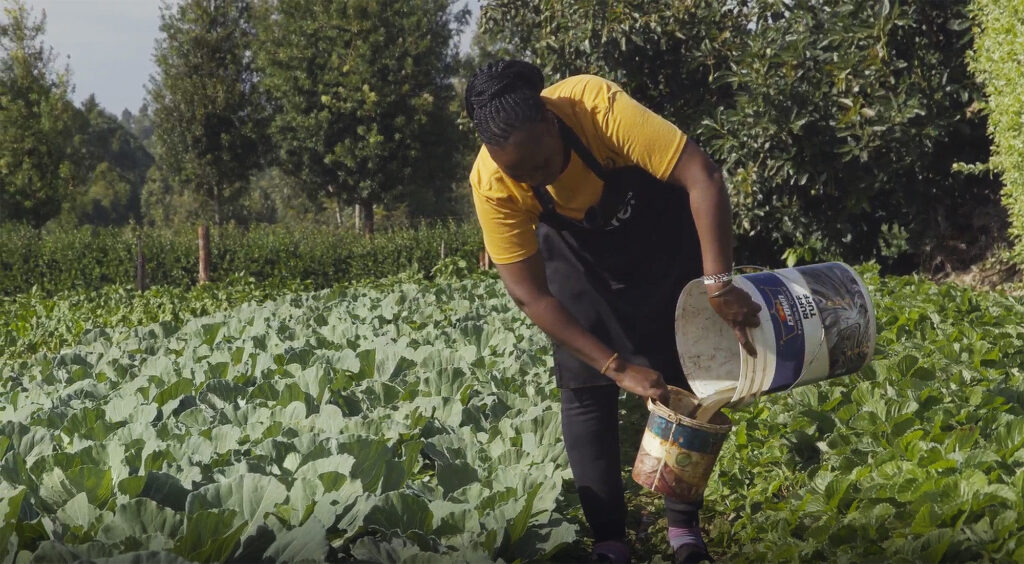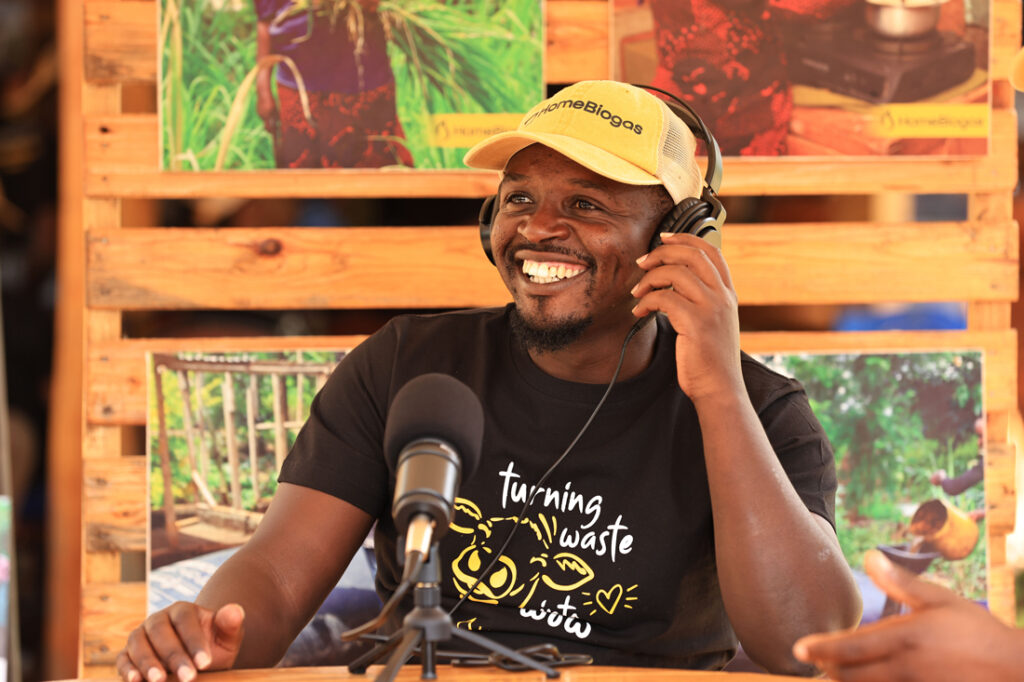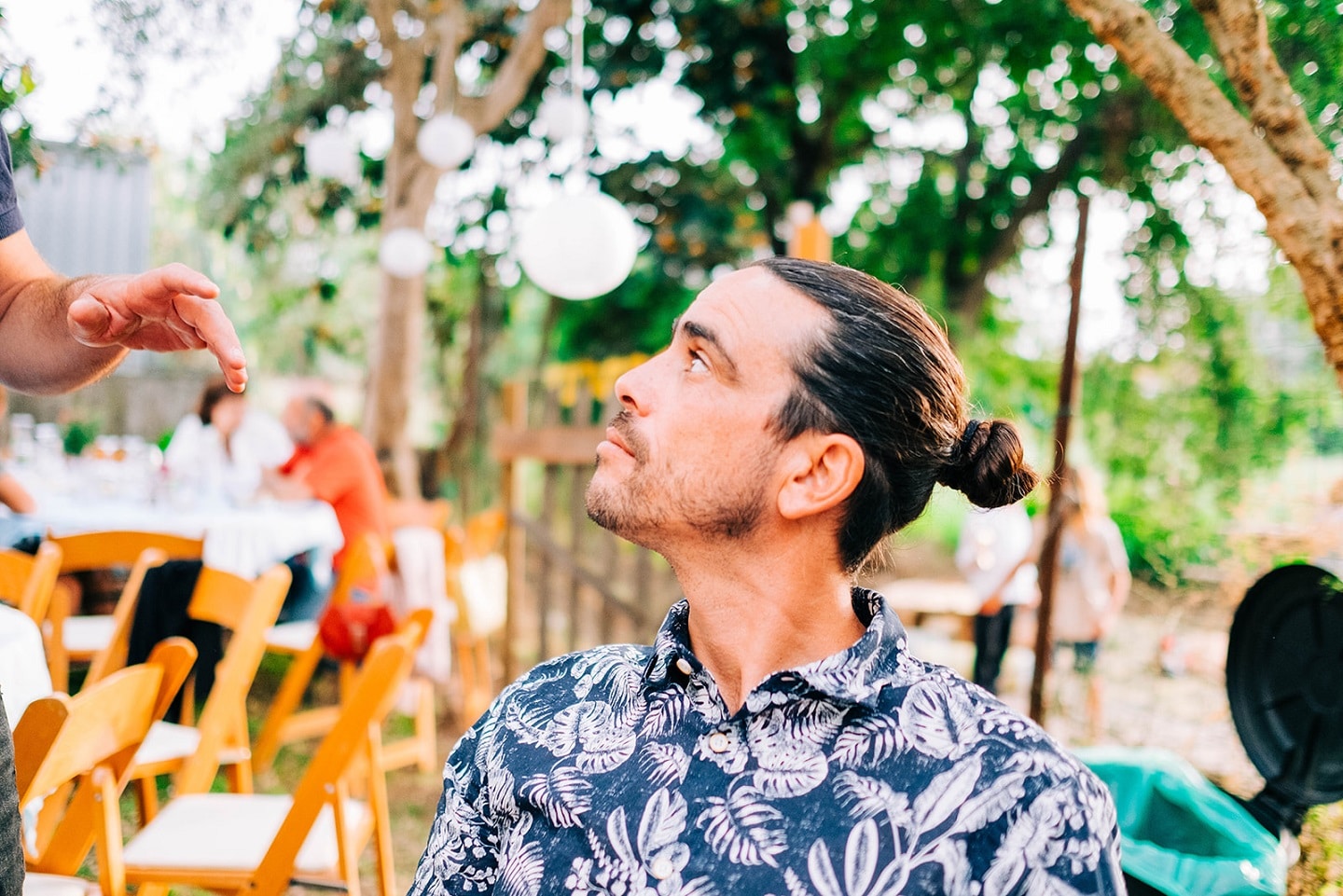
As someone who has lived off grid, without any connection to public utilities like electricity and sewage, for the past five years, I get a lot of questions about my lifestyle and what my daily routine looks like. So here’s a quick glimpse into my off grid lifestyle:
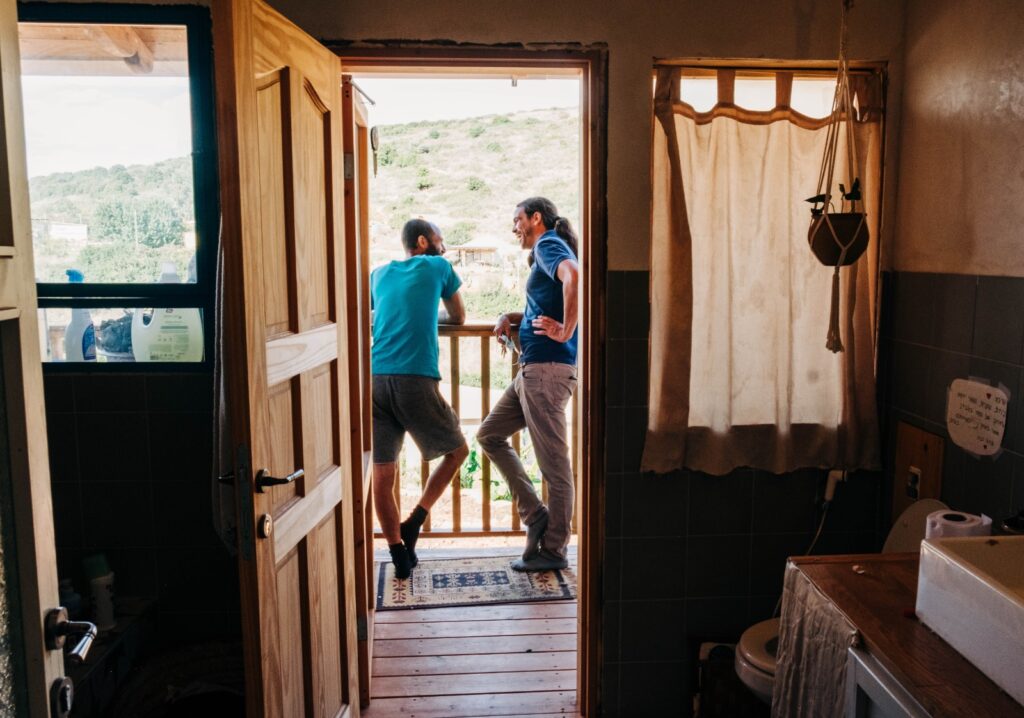
My digs and living space
I live in a Mongolian style yurt that’s made out of wood, with an external plastic covering to protect against water leakage. Our family home is located in the north of Israel in an area where a bunch of off grid families and individuals live, so there’s really a sense of togetherness and community. We have a natural bathroom (powered by a HomeBiogas’s bio-toilet, which I actually invented for my wife who wanted a better natural sewage treatment solution) and our home is surrounded by a garden, which is one of our main sources of food. We don’t have any sidewalks or visible infrastructure around the house.
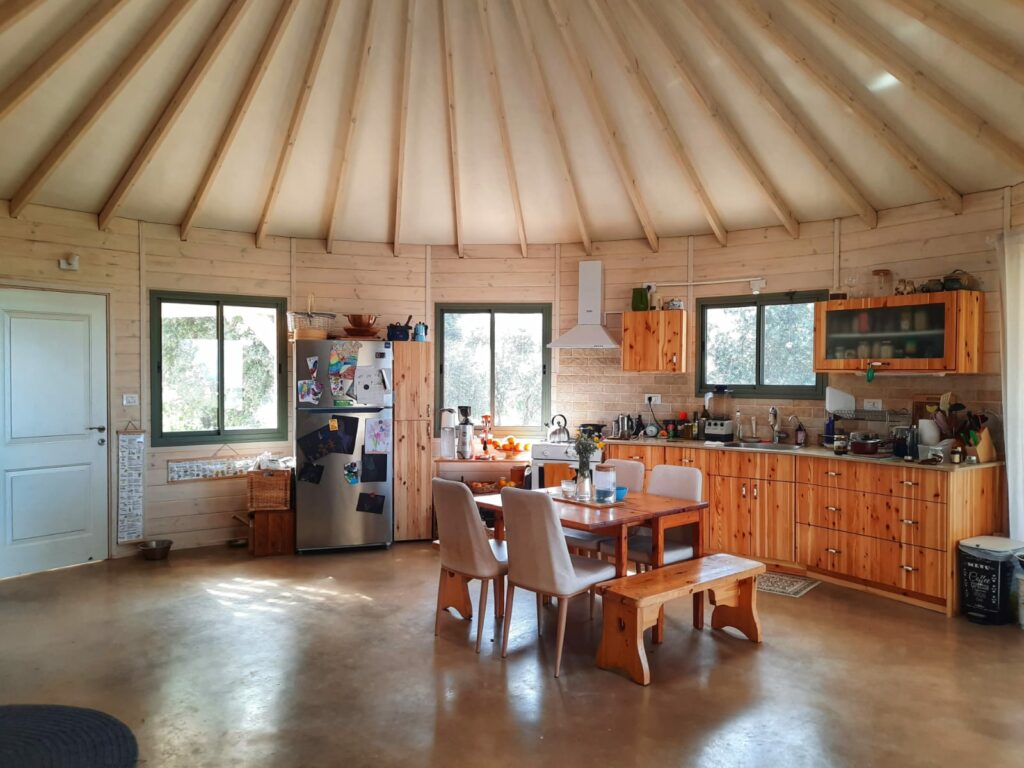
Fulfilling our basic needs
My family is used to it by this point, but all of our basic needs are actually fulfilled using natural sources of energy. We use solar panels to generate electricity and the HomeBiogas system to treat our sewage and to generate biogas for most of our cooking. We don’t dispose of any trash – it all goes into the system – and other materials we separate on site and then recycle. We use a wood furnace to heat the house in the winter and open windows for a nice breeze to cool the house in the summer.
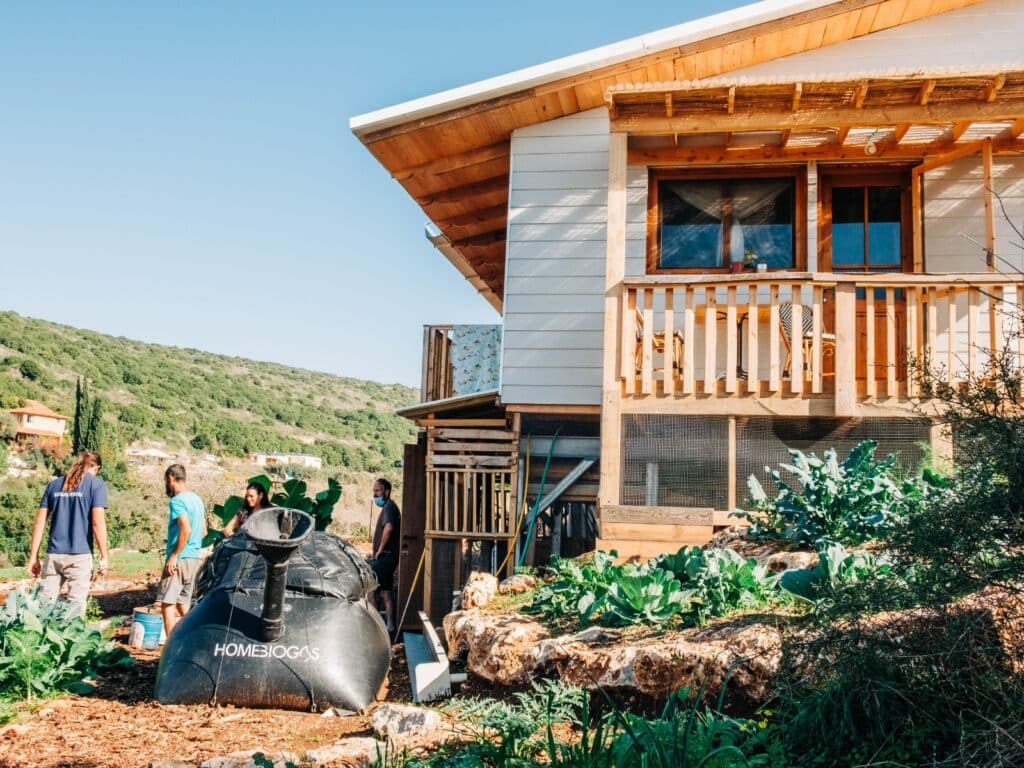
In terms of food, my entire family lives a vegan lifestyle, and we eat and use the greens and plants that surround our home as much as possible. For instance, we eat a lot of Hubeza, which is actually a wild plant in Israel that has a lot of nutritional value.
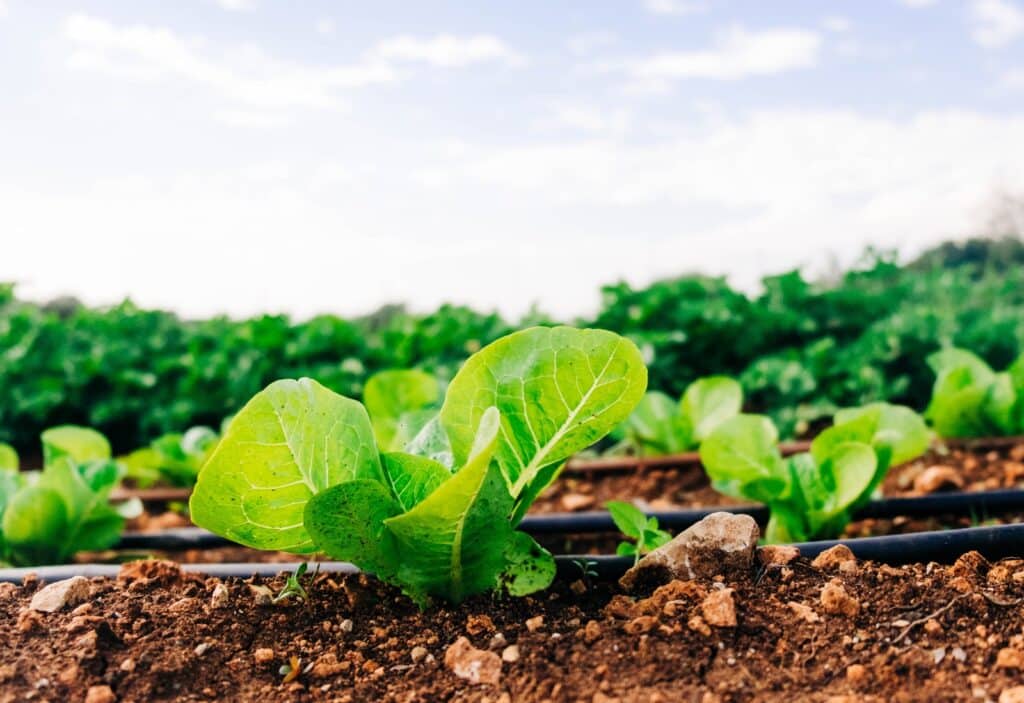
My daily routine
My days are busy, so I like to get up bright and early at around 4:00 AM. This also gives me some time to take care of necessary tasks around the home, which is a must in terms of off grid living. I work in the garden, do a bit of meditation and occasionally do some cooking for my family. Just this morning, I made some great natural muffins from the Hubeza plant and mustard seeds that I picked straight from the garden. I’ll also usually have a green shake or I’ll make an omelet from hummus flour, which is a super delicious substitute for regular eggs.
After starting my day, I head out to work, unless it’s my day to teach the kids at home. My kids – Emma age 10 and Mayim age 7 – are completely homeschooled, which takes a lot of energy and attention, but it’s definitely worth it to see the results. My wife and I ask them often if they’d rather be in school, and they always answer no! I teach science material to my kids and other kids in the community who are also homeschooled. We learn about biogas and all of the natural elements, as well as other important topics like where energy comes from, what a calorie is, where the natural gas in the ocean comes from and what carbon dioxide is. It’s really important to me that they have a good knowledge of environmental science as this is really what makes our unique way of life possible. They also take classes in English, math, geometry, and participate in afterschool activities like pottery, horseback riding, martial arts and forestry.
I’ll usually head to bed, after doing some reading and meditation, around 10 or 11 PM, so that I can get an early start the next day.
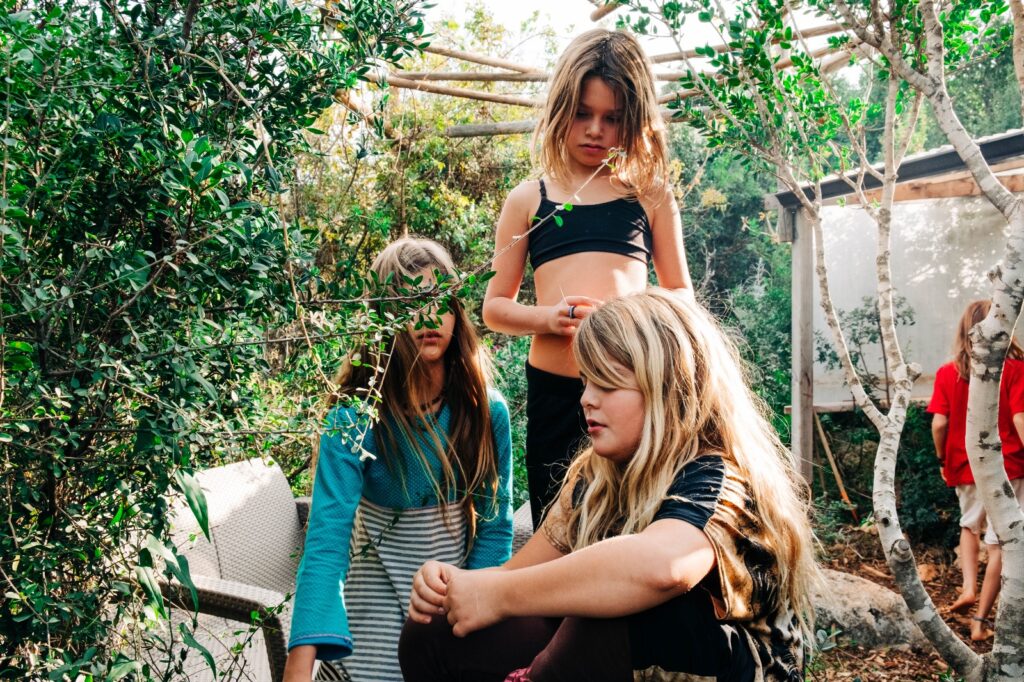
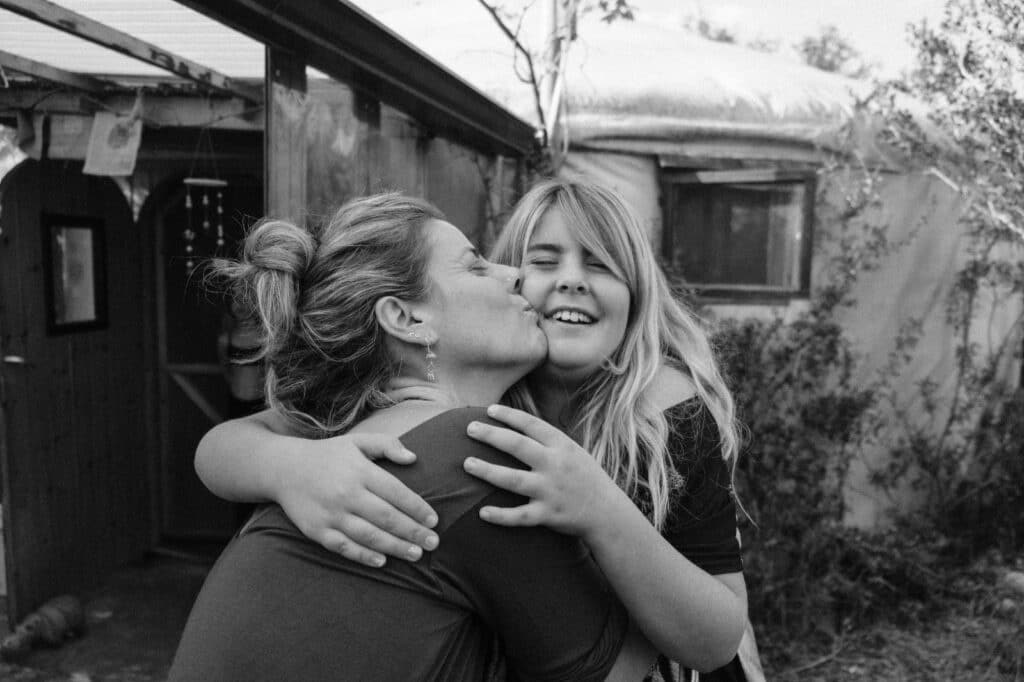
What it really means to live off grid
I get a lot of questions about living off grid and if it’s worth all of the effort. I definitely think it is because, for me, it’s about living what I do. I am proud to raise my kids and support the needs of my family in this unique and sustainable way of life. I hope that it inspires them to live with purpose too. Of course, it does take effort to maintain our house, food and energy sources, but it’s totally worth it. I see living without depending on external sources as similar to magic because it really does give you the power to believe anything is possible.
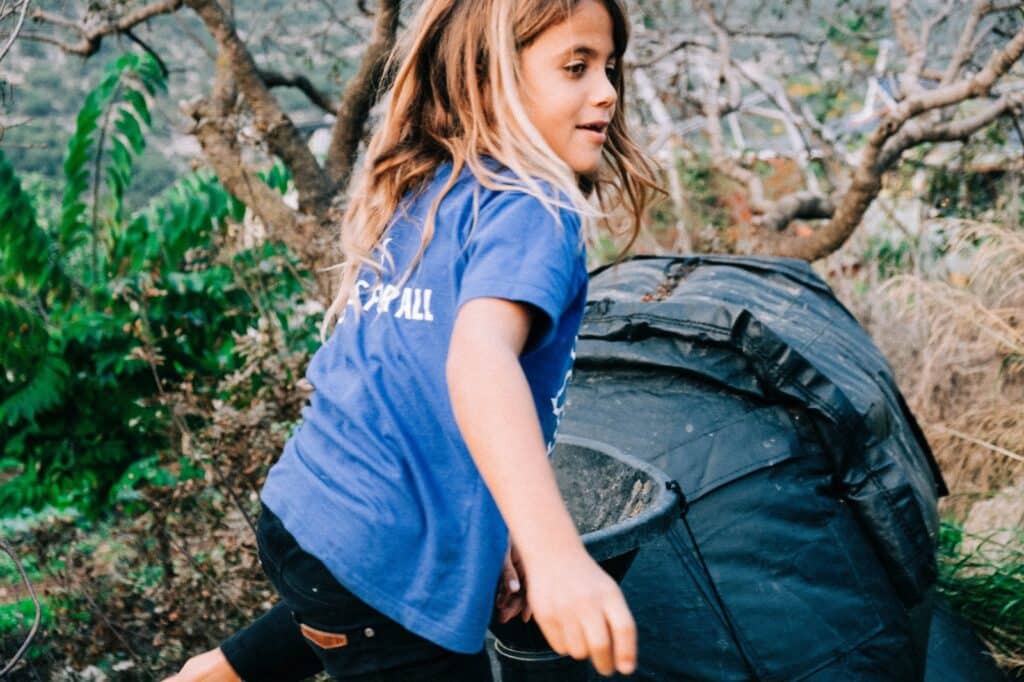
*Photographer: Orit Efrati
